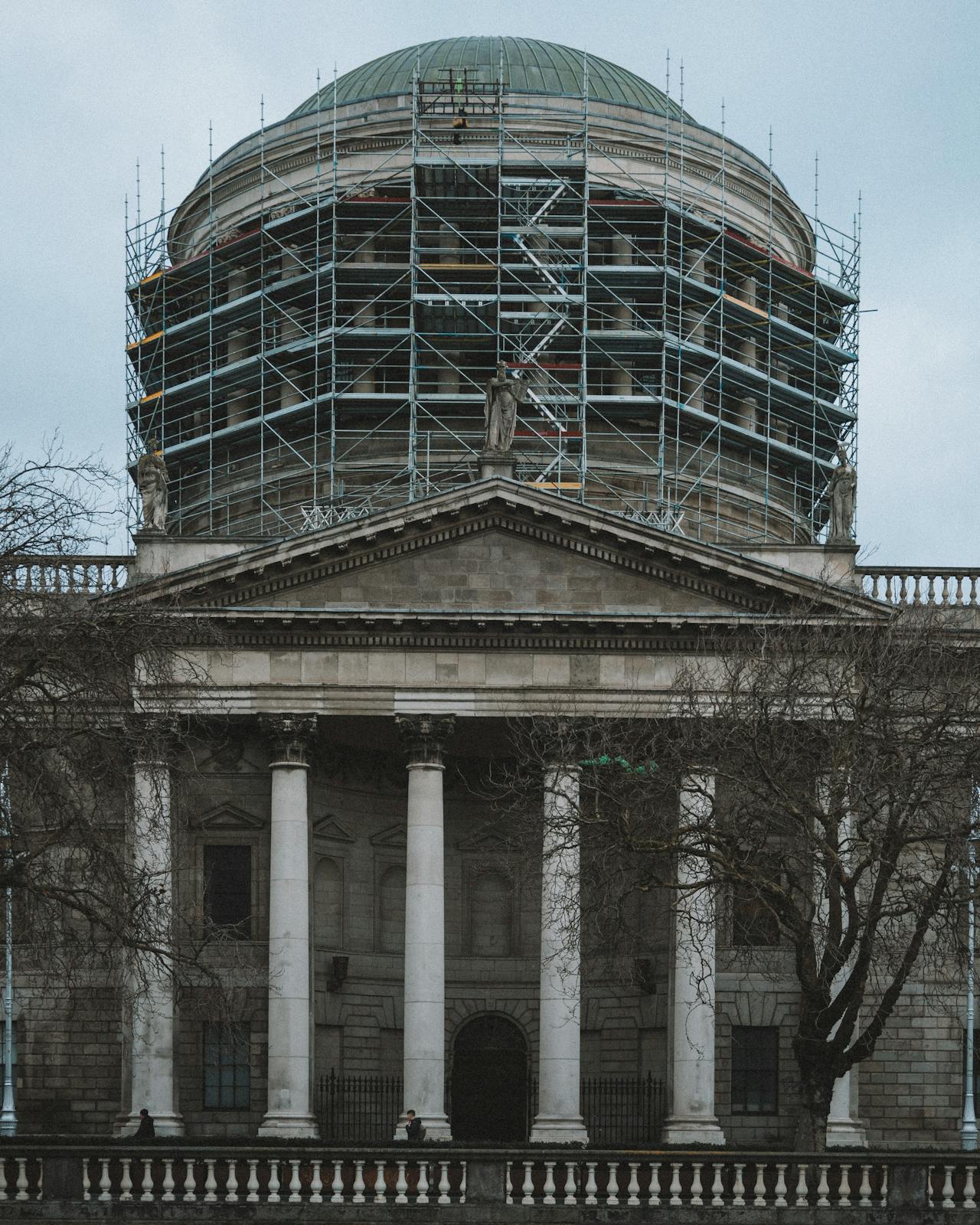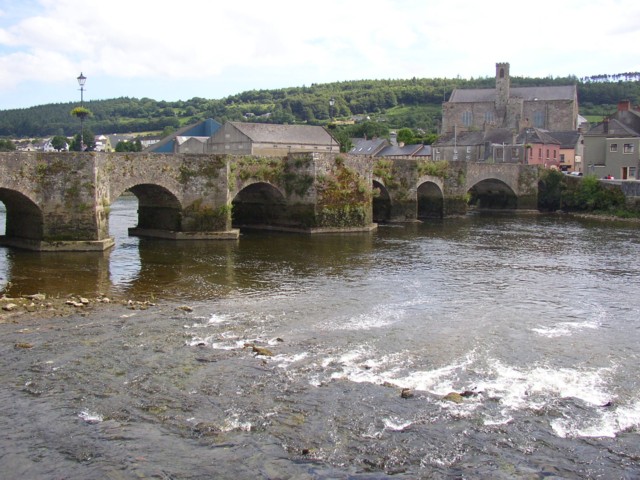The Hanrahan Judgement: State, Big Pharma and the Future of Incineration

Andrew McGrath
In July 1988, the Supreme Court ruled in favour of a farming family from Co. Tipperary, the Hanrahans, and against the American pharmaceutical giant Merck, Sharp and Dohme, who operated a bulk chemical factory beside the Hanrahans' farm. Justice Henchy's ruling found that Merck Sharpe and Dohme were liable to the Hanrahans on three counts: 1. for damages for offensive smells; 2. for injury to John Hanrahan's health; and 3. for the ill-health of Mr. Hanrahan's cattle in so far as this was caused by factory emissions, for which the "probable cause" was the on-site incinerator.
This victory was won at great personal expense to the family, both financially and heatlhwise. What was most noteworthy was the extent to which State agencies collaborated with Merck every step of the way. After the Industrial Development Authority invited Merck to set up the plant at Carrick-on-Suir, Co. Tipperary, the IIRS (Institute for Industrial Research and Standards) submitted a favourable environmental impact statement.
In March 2006, the Department of Agricultureremoved up to 355 cattle from the Hanrihan farm on "animal welfare grounds", that they were not being fed. Despite claims of ongoing health problems with animals including four out of seven cattle being born deformed, the Dept. of Agriculture has stated that Mr Hanrahan is responsible for the ongoing husbandry of his animals.
When animals began to fall ill at the Hanrahan farm, Merck's claims that the problems were caused by farm mismanagement were backed up both by State agencies and local authorities. The State agencies (IIRS, An Foras Forbartha and An Foras Taluntais) which responded to further deterioration in animal health in the area by setting up investigations failed to make any link with Merck's activities. The outcome of the Supreme Court action taken in desperation by the Hanrahans, who were facing £1m. in expenses from their failed High Court challenge, establishes beyond doubt that the State was collaborating with Merck so far as to mount a cover-up of the damage being done by incineration at the plant.The collaboration by the State continues to this day: under the EU agricultural subsidy regime then in operation, the Hanrahans should have been compensated for the fall in price of the milk their animals produced, but this has never been done. Freedom of Information requests have established that the Dept. of Agriculture knew as far back as 1986 that dioxins were present in the milk from their farm. To admit this knowledge would, of course, be to admit that State agencies were also liable for the harm caused by Merck.
In March 2006, the Department of Agricultureremoved up to 355 cattle from the Hanrihan farm on "animal welfare grounds", that they were not being fed. Despite claims of ongoing health problems with animals including four out of seven cattle being born deformed, the Dept. of Agriculture has stated that Mr Hanrahan is responsible for the ongoing husbandry of his animals.It is not a function of this department." The State's readiness to continue persecuting the family is well worth noting, given how the Supreme Court ruling implicated not only Merck but also the State agencies that collaborated with Merck in hiding the damage being caused by the incineration of toxic chemicals. The current regime's passion, not just for building toxic waste incinerators but ones which are grossly in excess of domestic requirements, must be seen as another case where the facilitation of heavy industry (and not for the benefit of the native population but for the benefit of multinational capital) is the number one priority, one which supersedes considerations of health and safety, environment, heritage and even the law itself. The State and Merck alike both continue to pretend as if the 1988 ruling did not happen.
